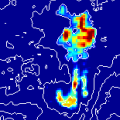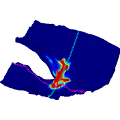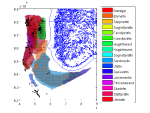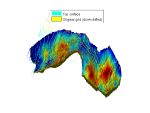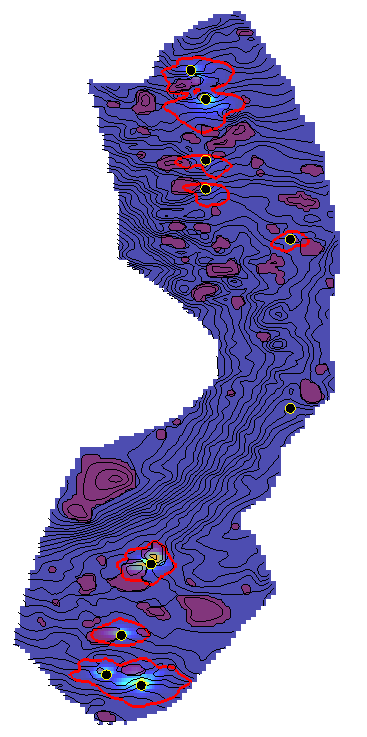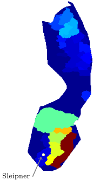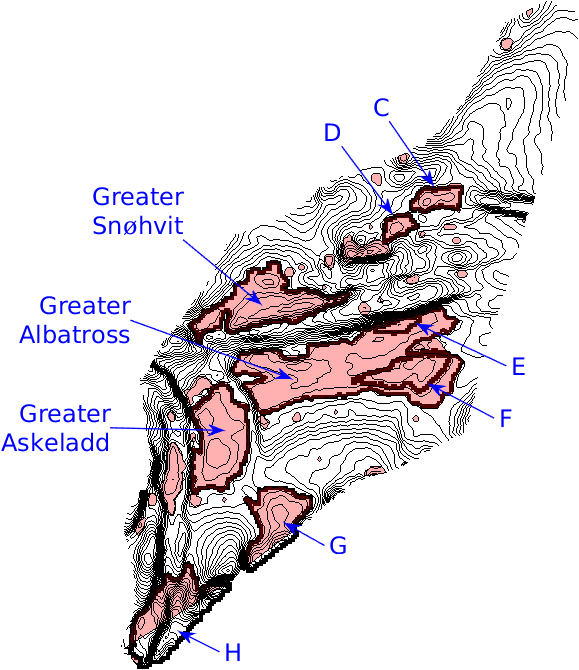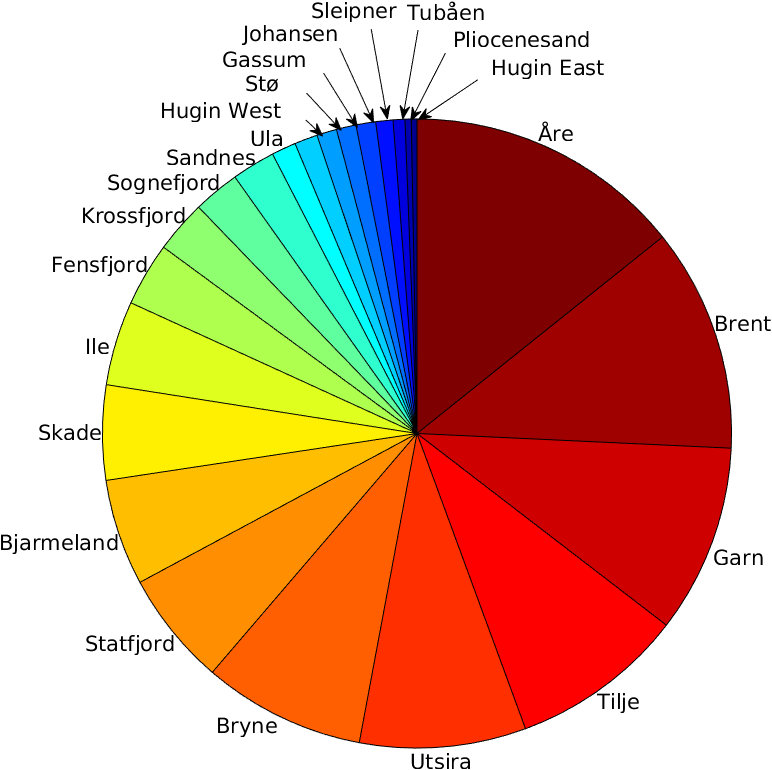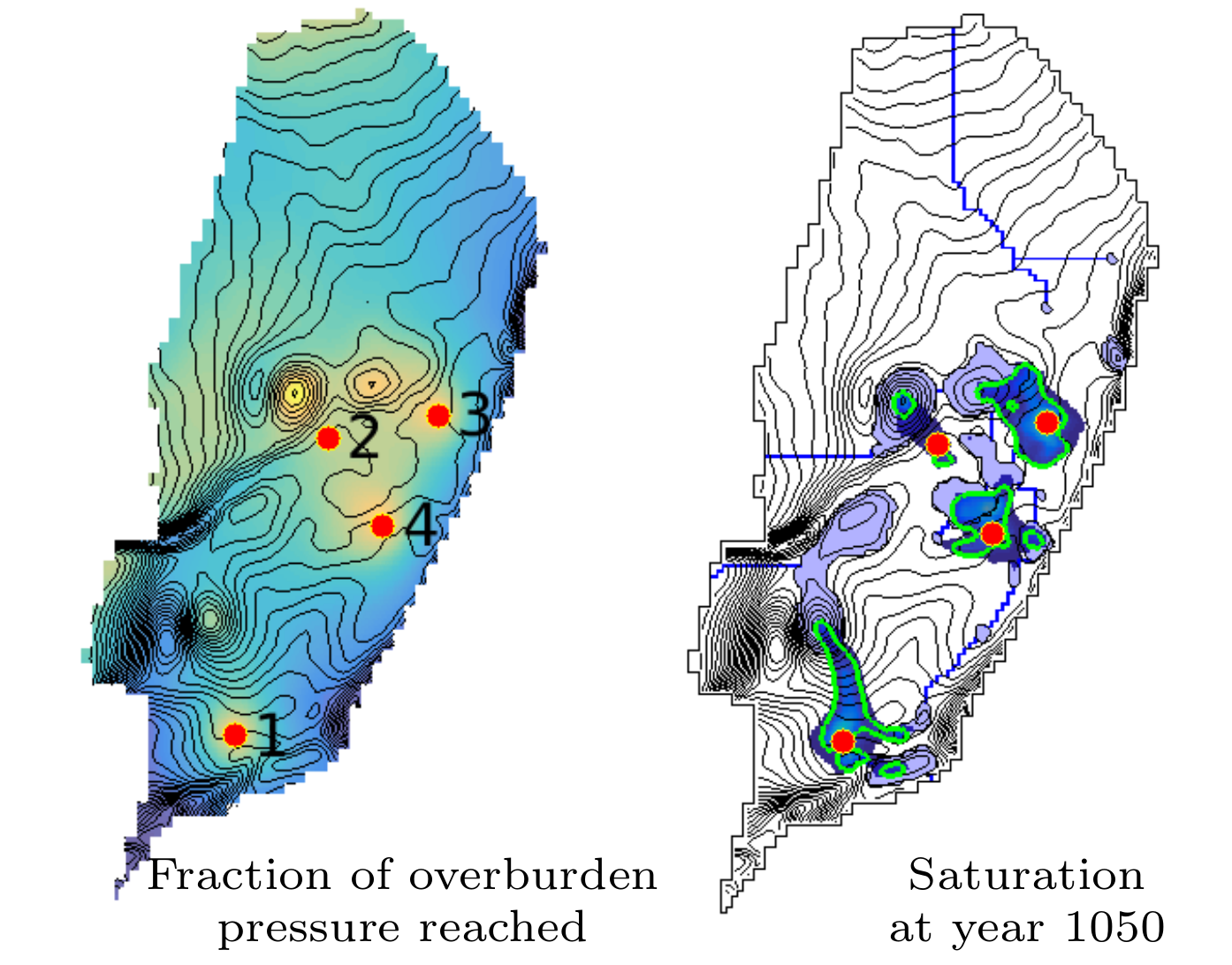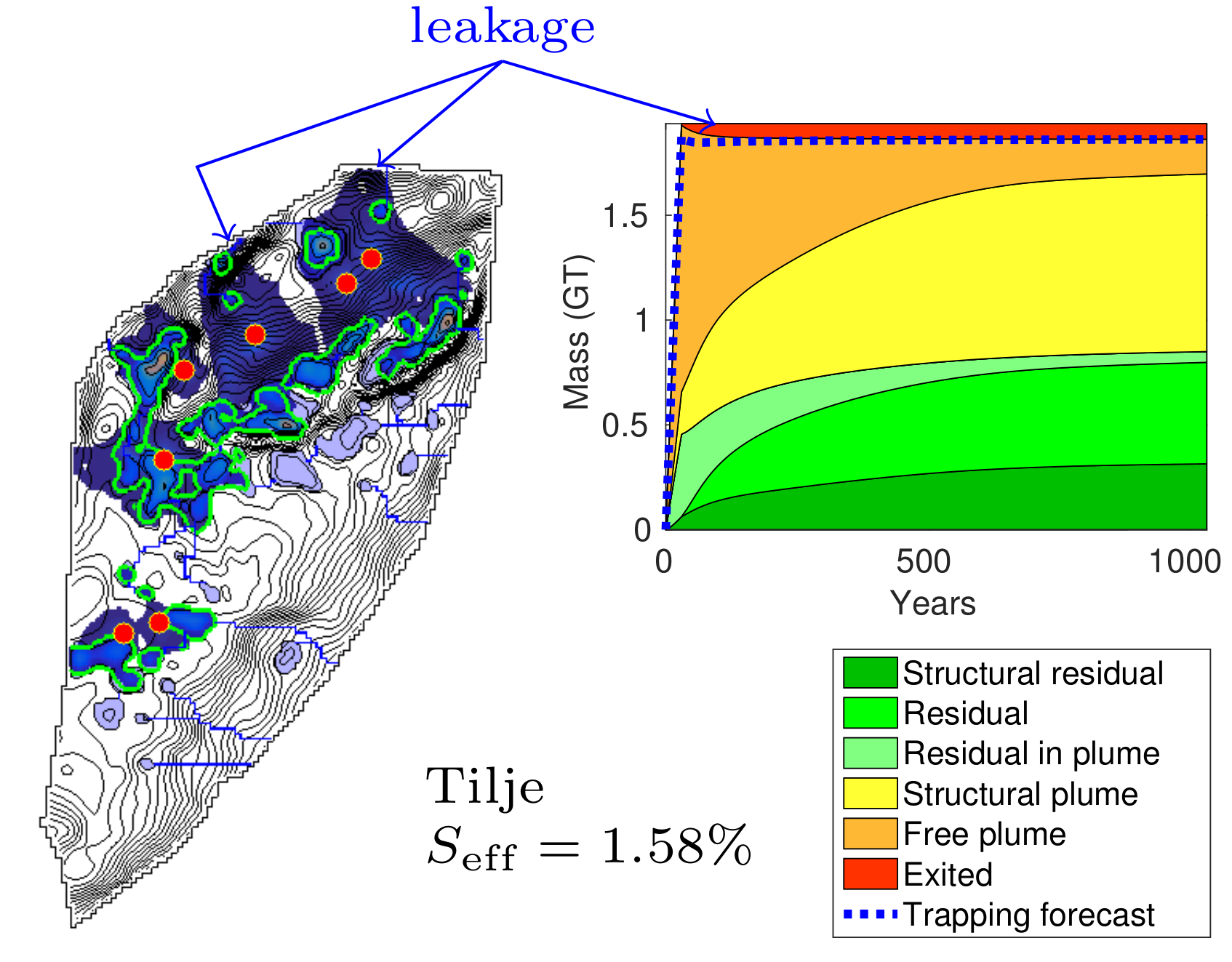|
Analysis of Public Data Sets
Analysis of realistic data sets is an important part of research on CCS. However, getting hold of good and representative data in a format that can be used for simulation studies may be a both time-consuming and frustrating process. To enable other researchers to benefit from our work, we have offer functionality that will simplify the access to a series of data sets that are publicly available, including in particular, data from the CO2 Storage Atlas of the Norwegian North Sea. That is, MRST-co2lab offers scripts that can be used to download, unpack, and convert the raw data into grids usable for visualization, capacity estimation, and simulation of CO2injection.
This part of the module seeks to import and process various datasets that are accessible to the public and relevant for study and research related to CO2 storage.
LiteratureThe following papers all show examples in which functionality from MRST-co2lab has been used to analyse public data sets:
Links to public data setsIn particular, MRST-co2lab offers simple access to the following data sets
|
||||||||||||||||||||||||||||||||||||||||||||||||||

